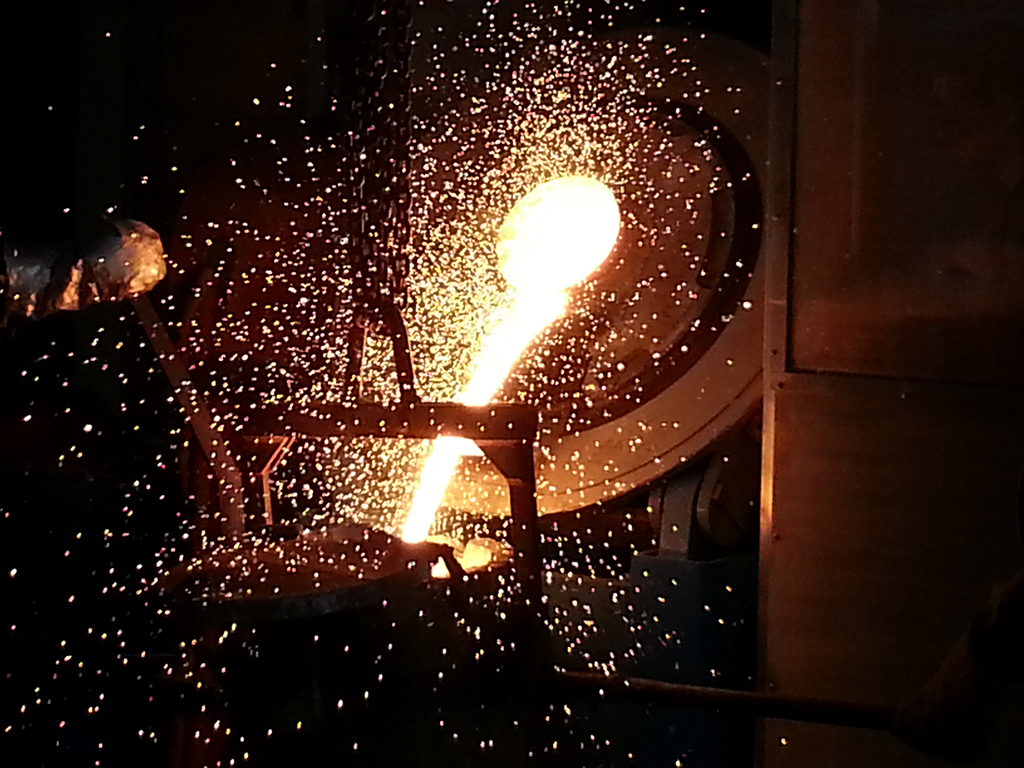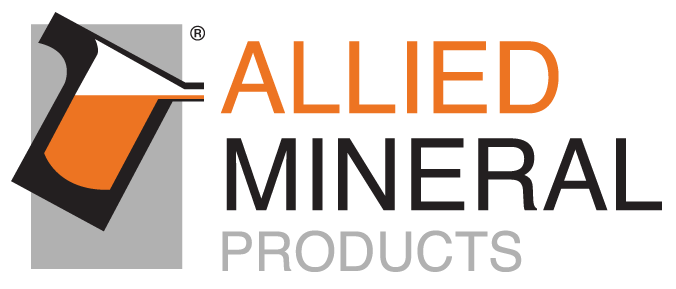TEK-SIL

TEK-SIL is a revolutionary product designed to assist foundries in complying with the new standards for respirable crystalline silica. Allied developed TEK-SIL to reduce respirable crystalline silica during installation significantly.
MATERIAL DETAILS
Information on Respirable Crystalline Silica OSHA Regulations as of February 2019.
From a health perspective, Environmental Health and Safety (EHS) evaluates two kinds of dust during the install of a silica (SiO2) based products; respirable dust (small dust particles including amorphous silica) and respirable crystalline silica.
There are two different types of silica, one is crystalline and the other is non-crystalline (amorphous). The three crystalline structures of silica are Quartz, Tridymite, and Cristobalite. The main type of silica that most people are exposed to is Quartz (For example: Beach sand). When the particle size of one of the crystalline Silica structures is smaller than 10 microns, it is considered to be respirable crystalline silica.
The non-crystalline (amorphous) Personal Exposure Limit (PEL) formula used by OSHA for amorphous silica is 80 mg/m3/%SiO2 time weighted average (TWA).
Airborne Dust
The current OSHA PEL standard for Respirable Dust is 5 mg/m3. A half face (Air Purifying Respirator) respirator provides protection to Respirable Dust up to 50 mg/m3. A full-face (Air Purifying Respirator) respirator provides protection to Respirable Dust up to 250 mg/m3.
Respirable Quartz
OSHA’s PEL is 0.05 mg/m3 or 50 μg/m3 for quartz. A half face (Air-Purifying Respirator) or paper respirator (i.e. filtering-face piece, dusk mask) provides protection up to 10 times PEL for quartz. That is equal to 0.50 mg/ m3 or 500 μg/m3. A full-face (Air Purifying Respirator) respirator provides protection up to 50 times the PEL for quartz. That is equal to 2.5 mg/m3 or 2500 μg/m3.
Testing
The testing results are normally respirable dust concentrations and the concentrations of Quartz, Cristobalite, and Tridymite. The modified NIOSH 0600 testing method is recommended to measure the amount of respirable dust concentration. The modified NIOSH 7500 testing method is recommended to measure respirable crystalline silica. Typical silica air monitoring testing does not separate respirable crystalline silica from non-crystalline (amorphous) silica.
Air monitoring is one way that companies can determine the amount of respirable crystalline silica in the air during an install of silica (SiO2) based products. Along with the air monitoring, a bulk sample of the silica (SiO2) based product should be taken. The bulk sample gives a representation of the amount of respirable crystalline silica within the product. Also, this gives a type of background to show what the starting material is before it is being handled.
To properly get enough air volume to flow past the cyclone and get trapped onto the filter, a certain amount of time (usually a minimum of 5 working hours) needs to be air monitored. During air monitoring, proper handling of the equipment should be undertaken. If using a cyclone air monitor, make sure that the cyclone does not get turned upside down. This will cause all the settled particles to attach to the media inside the air monitoring cartridge. If this happens the results will not be accurate.
NOTE: TEK-SIL products have reduced respirable crystalline silica compared with [normal silica refractory ceramic products]. However, not all respirable crystalline silica has been removed from TEK-SIL products. Proper dust evacuation and Personal Protective Equipment (PPE) must be worn.
